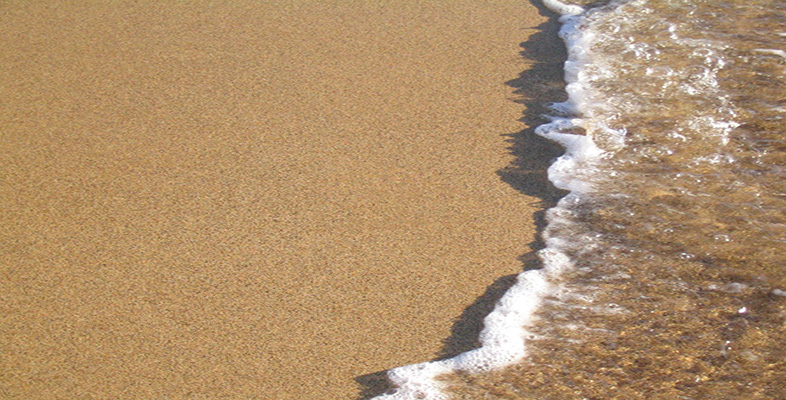5.6 Younger Cover
The Younger Cover can be found covering a large part of England, and to a lesser extent, north-east Ireland, south-west Scotland, Arran, Mull, and the north of Skye. From the Ten Mile Maps and Figure 9, you can see that the Younger Cover consists of Permian to Triassic sandstones, breccias, mudstones and limestones, Jurassic to Cretaceous limestones and carbonate clays and Tertiary to Pleistocene mudstones, sands and clays.
Using Figure 9 in conjunction with the Ten Mile Map (S), examine the outcrop pattern of the Younger Cover in the British Isles, and answer the following questions:
Question 17
What kind of boundary does the Younger Cover form with the older lithotectonic units?
Answer
Almost everywhere throughout the British Isles, the base of the Younger Cover (whether Permian or Triassic) lies unconformably over the older rocks.
The outcrop of the unconformity below the Younger Cover is highly sinuous. In some places (e.g. near Cheddar (ST(31)4653)) this is because the Older Cover landscape was buried by Younger Cover sediments (in other words this represents a buried topography). Elsewhere (e.g. east of Durham (NZ(45)3340)) Younger Cover was deposited over a fairly planar erosion surface and the irregular pattern of the outcrop represents uneven stripping away of the Younger Cover by recent erosion.
Question 18
Describe the type of folding that affects the Younger Cover. (Look in particular at the southern British Isles.)
Answer
Throughout the southern and south-eastern areas of England (through Dorset, Hampshire, Sussex and Essex), there is a series of E–W trending asymmetrical folds. The northern limbs of the anticlines (i.e. the southern limbs of the synclines) are more steeply dipping.
You should also be aware of one further lithotectonic unit that is not included on the Ten Mile Maps or in Figure 9. This is the thin cover of Quaternary drift that mantles much of the British Isles, deposited between ~2 million and 10 000 years ago.
